7 Provencal Herb Hacks That Will Revolutionize Your Kitchen (Spoiler: One Involves Ice Cream)
If you’ve ever smelled a sun-warmed field in Provence, France, chances are you’ve experienced the magic of Provencal herbs. This iconic herb blend—typically including thyme, rosemary, savory, marjoram, oregano, and sometimes basil—is the scent of southern French cuisine. But did you know these humble herbs can do more than just flavor your roast?
Table of Contents
- What Exactly Are Provencal Herbs?
- Why Are They So Special?
- Top 7 Provencal Herb Hacks You Need to Try
- Pro Tips: Storing and Using Like a Pro Chef
- Deep Dive: The History Behind Provencal Herbs
- Visual Comparison Table: Fresh vs. Dried vs. Blends
- Bonus: How to Make Provencal Herb Ice Cream (Yes, Really!)
- Conclusion
What Exactly Are Provencal Herbs?
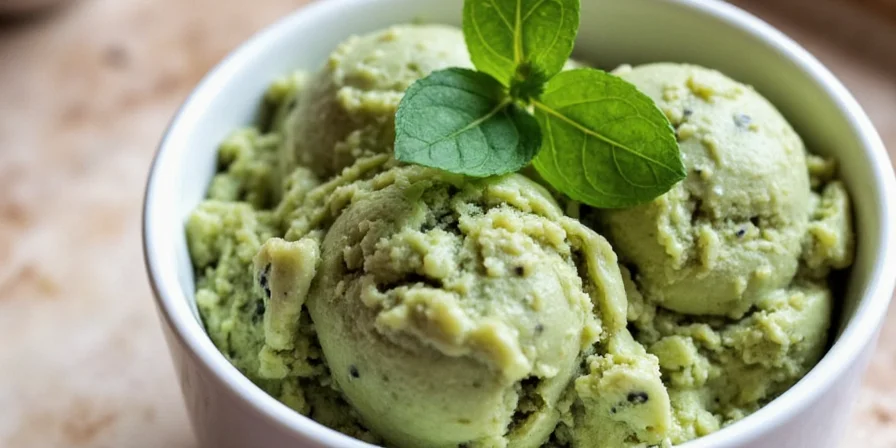
Contrary to popular belief, Provencal herbs aren’t a single herb but a mixture rooted in the Mediterranean climate of southern France. While recipes may vary slightly from kitchen to kitchen (or store to store), most blends contain:
- Thyme
- Rosemary
- Marjoram
- Oregano
- Savory
- Basil (sometimes added for freshness)
This combination brings a balance of earthy, floral, and slightly peppery notes perfect for rustic French dishes.
Why Are They So Special?
The magic lies not only in their aroma but also in their versatility. Unlike some herbs that dominate a dish, Provencal herbs work like a well-rehearsed orchestra—each player contributes without stealing the spotlight.
- Perfect for roasting vegetables or meats
- Enhances tomato-based sauces
- Adds complexity to soups and stews
- Can be infused into oils and vinegars
Fun Fact: Did you know that lavender is often found near Provencal herb gardens? Some blends even sneak it in subtly for a floral twist!
Top 7 Provencal Herb Hacks You Need to Try
- The No-Stir Roast Trick: Toss root veggies with olive oil, salt, pepper, and a heaping tablespoon of Provencal herbs. Spread them on a tray, don't stir once they're in the oven. Result? Crispy, aromatic perfection.
- Butter Bomb Surprise: Mix softened butter with finely chopped Provencal herbs and a dash of lemon zest. Roll into a log, chill, and slice over grilled steak or warm bread.
- Pasta Party Upgrade: Instead of garlic and oil, sauté minced shallots in olive oil until golden, add a pinch of herbs de Provence, then toss with hot pasta and Parmesan.
- Cheesy Popcorn Perfection: Melt butter, mix with grated Parmesan, a sprinkle of herbs de Provence, and drizzle over popcorn. It’s movie night elevated.
- Fish Rub Magic: Combine herbs with breadcrumbs, paprika, and a touch of honey for a quick crust on white fish fillets. Bake at 400°F (200°C) until golden.
- Salad Dressing Secret Weapon: Add a tiny pinch to vinaigrettes—it’s subtle but transforms any basic salad into a Provençal masterpiece.
- The Ice Cream Twist: Yes, really. Infuse heavy cream with Provencal herbs by gently heating them together, strain, and churn into vanilla ice cream base. The result? Earthy, fragrant, unforgettable.
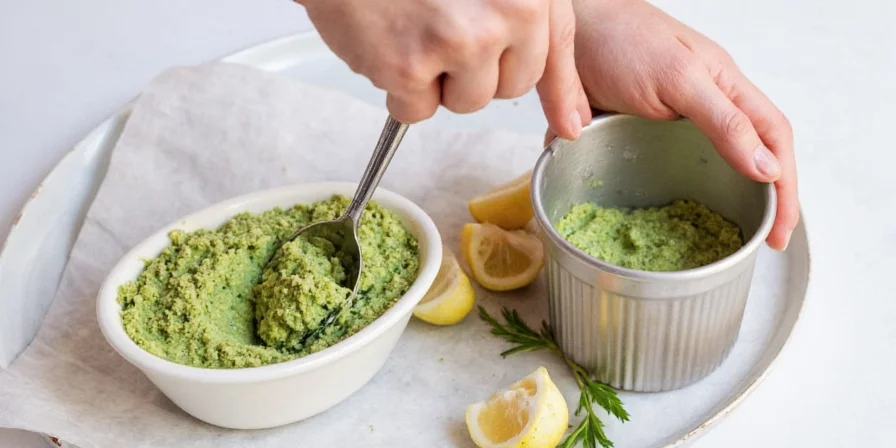
Pro Tips: Storing and Using Like a Pro Chef
- Store smart: Keep dried herbs in airtight containers away from heat and light. For fresh bundles, wrap stems in damp paper towels and refrigerate in a plastic bag.
- Time to bloom: Add dried herbs early in cooking; use fresh ones toward the end for maximum flavor.
- Mix and match: Pair with garlic, citrus zest, olives, and tomatoes for classic Provençal vibes.
- Avoid overpowering: These herbs are potent—start with less and adjust as needed.
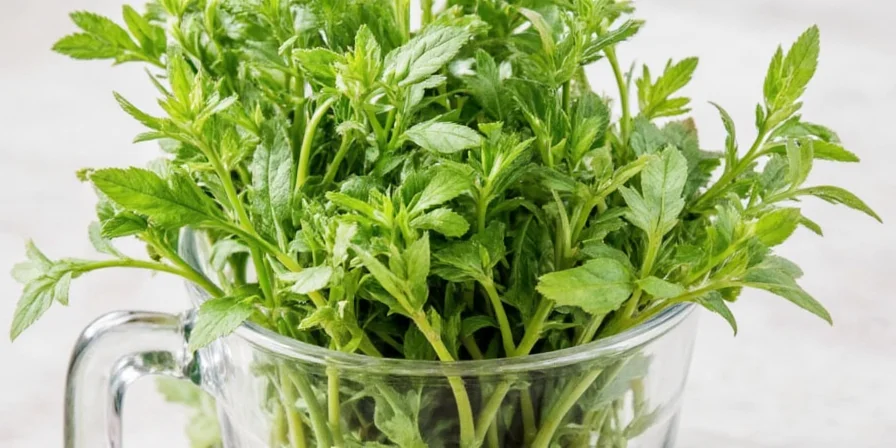
Deep Dive: The History Behind Provencal Herbs
Long before Provencal herbs hit supermarket shelves, they were grown in the sun-drenched hillsides of southern France. The region's dry summers and mild winters created the perfect conditions for hardy, aromatic herbs to thrive.
The blend became popularized in the 1970s by spice merchant Olivier Baussan, who bottled the mixture under the brand name “Herbes de Provence.” Since then, it’s become a staple in kitchens around the world, though variations exist based on regional availability and personal taste.
In traditional Provençal cooking, herbs weren’t just about flavor—they symbolized the land’s connection to its people, seasons, and celebrations.
Visual Comparison Table: Fresh vs. Dried vs. Blends
| Type | Flavor Intensity | Best Uses | Shelf Life |
|---|---|---|---|
| Fresh | Mild, bright | Garnishes, last-minute additions | 5–7 days |
| Dried | Concentrated, earthy | Slow-cooked dishes, rubs | 6–12 months |
| Premixed Blend | Well-balanced, complex | Quick meals, baking, seasoning | 6–12 months |
Bonus: How to Make Provencal Herb Ice Cream (Yes, Really!)
You read that right. Let’s go rogue and infuse one of our favorite desserts with this rustic herb blend. Here’s how:
- Heat 2 cups heavy cream and 1 cup whole milk in a saucepan.
- Add 1 tbsp crushed Provencal herbs.
- Let steep for 30 minutes off heat.
- Strain, sweeten with sugar or honey, and churn according to your ice cream maker’s instructions.
- Freeze until firm.
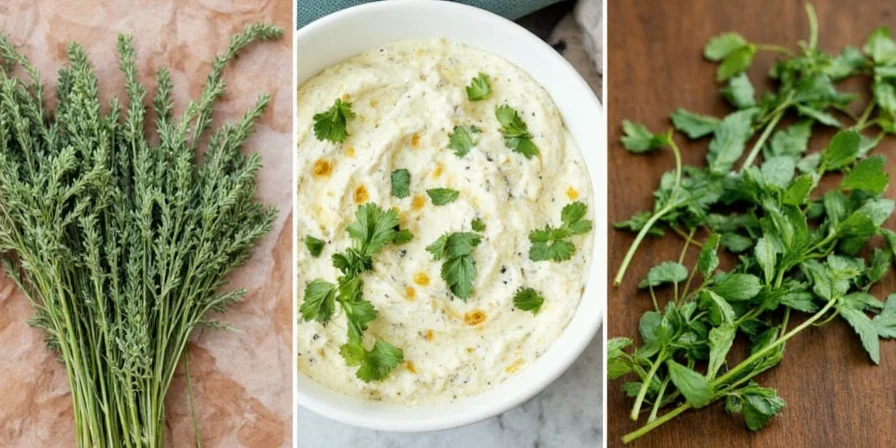
Conclusion
Whether you’re tossing them into a roasting pan or blending them into frozen desserts, Provencal herbs bring more than just flavor—they bring history, culture, and a bit of whimsy to your kitchen. Don’t let tradition box you in. Experiment boldly, taste fearlessly, and remember: herbs de Provence might smell like Sunday dinner, but they can also be the secret to Monday morning motivation.
So next time you pass by that little jar in the spice aisle, grab it—and maybe an extra pint of vanilla ice cream too.

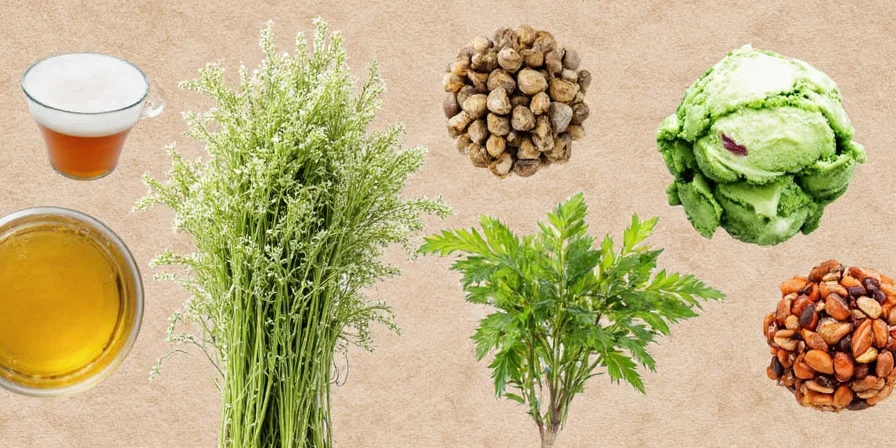









 浙公网安备
33010002000092号
浙公网安备
33010002000092号 浙B2-20120091-4
浙B2-20120091-4